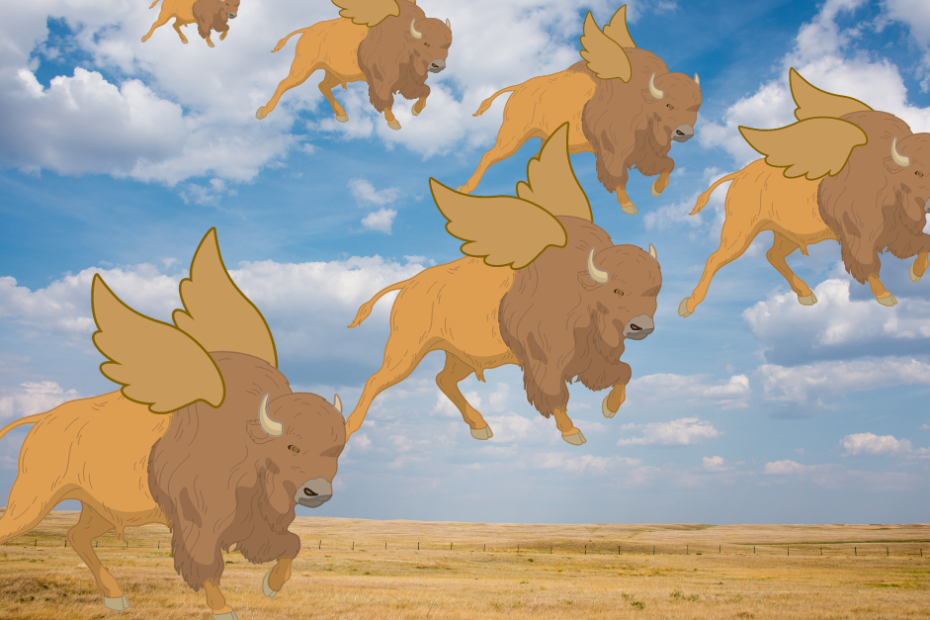Easily the #1 question I have experienced from the first underwriting automation project that I teamed up for was “are we going to lose our jobs?” or rephrased more recently by a judge on a startup panel
“A question however, is what do you think the impact on the industry will be from a personnel level? For a typical broker, will 1/2 jobs be eliminated or is there an opportunity for redistribution of the jobs? Not that this should stop you, just wondering if there are opportunities or just like newspaper jobs, these jobs would be eliminated here and created in new modern industries like solar and ai?”
The perfect question for an industry struggling with an elephant sized efficiency issue. The answer isn’t going to be easy for most. First, yes, there will be jobs that are gone forever just like newspaper jobs. Jobs that solely exist to manage manual tasks that could be done better, quicker, faster, smarter with a computer that should’ve been eliminated already in insurance.
I agree that a typical broker will see a substantial number of jobs eliminated. However, these jobs should be reallocated to focus on serving clients and prospecting for new ones. Like a free market allocates resources to where they create the most value, brokers aren’t good at being clerks (nor should they strive to be). Brokers are great at serving customer needs and prospecting for new customers.
This is where flying buffalo comes into the insurance transformation equation. The technology part is easy. In fact, the technology to double efficiencies for broker and insurers already exists. The hard part is transitioning to the new world. A brilliant leader and agent of change, Ralph C. Stayer, showed us how sausage connects to buffalo, geese and transformation.
Buffalo, Geese and Sausage
Ralph, a famous CEO, saw his employees mindlessly going through their daily mundane routine jobs without much thought or attention (like many insurance jobs). He postulated that there couldn’t be a lot of job satisfaction with performing such mundane tasks. Using the example of the buffalo, an animal that had one leader who made all the decisions. When hunting buffalo, once you eliminated the leader, it was a quick task to eliminate the rest just standing around not knowing what to do!
In contrast, geese flew in a “V” formation and when the lead goose was exhausted, another goose simply took the lead. Each individual bird is responsible for its own performance. Ralph wanted that “V” formation organizational chart. How he achieved it is a remarkable story and if you would like to learn more there is a Harvard Business Review article “How I Learned to Let My Workers Lead” or you can read his book: “Flight of the Buffalo: Soaring to Excellence, Learning to Let Employees Lead”.
Most have never transformed an organization and learning from Ralph’s experiences provides some incredible insights.
In case you are wondering, Ralph C. Stayer, was the CEO that helped, with his employees, transform the Johnsonville Sausage Company from a small but financially successful regional sausage company into the most popular brand of sausage in the United States and now sold in more than 45 countries. The company remains privately owned.
Successful Transformation Needs Technology, People and a Common Goal
Not every person will be able to transition. However, carefully managed with a 1) common goal 2) buy-in, 3) training and 4) support will give many the opportunity to turn mundane jobs into purposeful careers. Self-starting, yet collaborative like the “V” shaped organizational chart that Ralph envisioned for Johnsonville.
This is the final part of my answer is simple. If you want to be a growing, successful top broker, then you want to eliminate anything that prevents you from achieving that goal. This means making the most of technology to eliminate manual tasks and have the bulk of your team fulfilling client needs and prospecting for new ones. We anticipate that the bulk of transformational results will manifest in 3 years.
This is not for everyone, if you want a medium size regional, hopefully profitable brokerage, then maybe the change isn’t worth it. Every organization maintains its own goals. However, you can’t have your cake and eat it too. Don’t invest heavily in efficiency technology if you aren’t prepared to accept that there is work to do on the people side.
What you can learn from Ralph’s experience is that leaders have to provide the tools and support (environment) and give others the opportunity to “lead” as required.
A Personal Experience
Having the new opportunity to lead an IT department at a small mid-west insurance company, I found on my first day the entire staff had quit and the only employee remaining was the former Director. The only choice to keep things running was to see if anyone on the current non-IT staff wanted to work in IT. Surprisingly, a few stepped up that didn’t have IT specific backgrounds but a little knowledge and a lot of initiative.
They were great and we had the time to make a few key hires and it was a formidable team to work beside. Never underestimate the talent that might be right under your nose. A special shoutout to Jenny, Toni and Amber, thank you!
